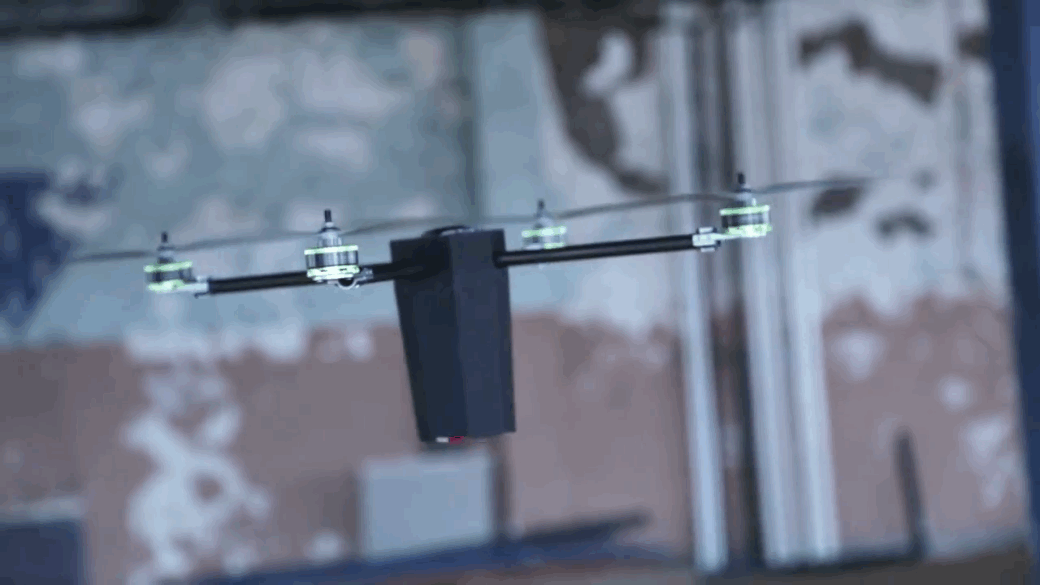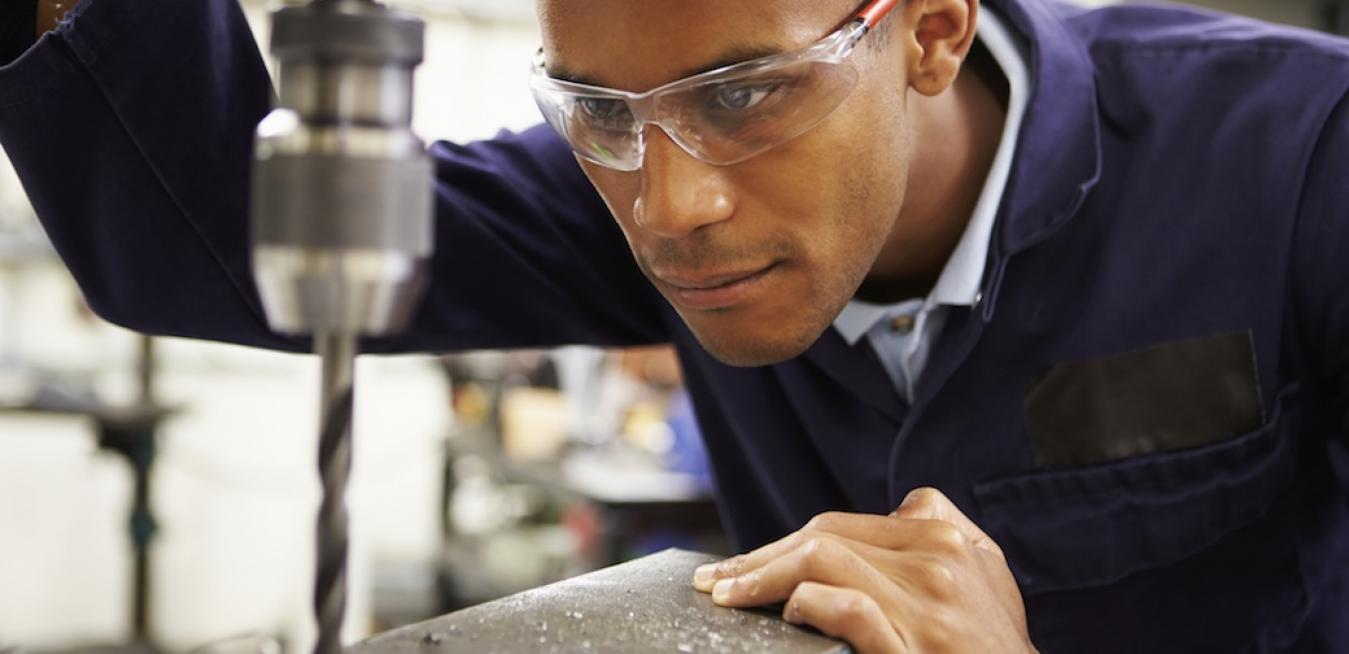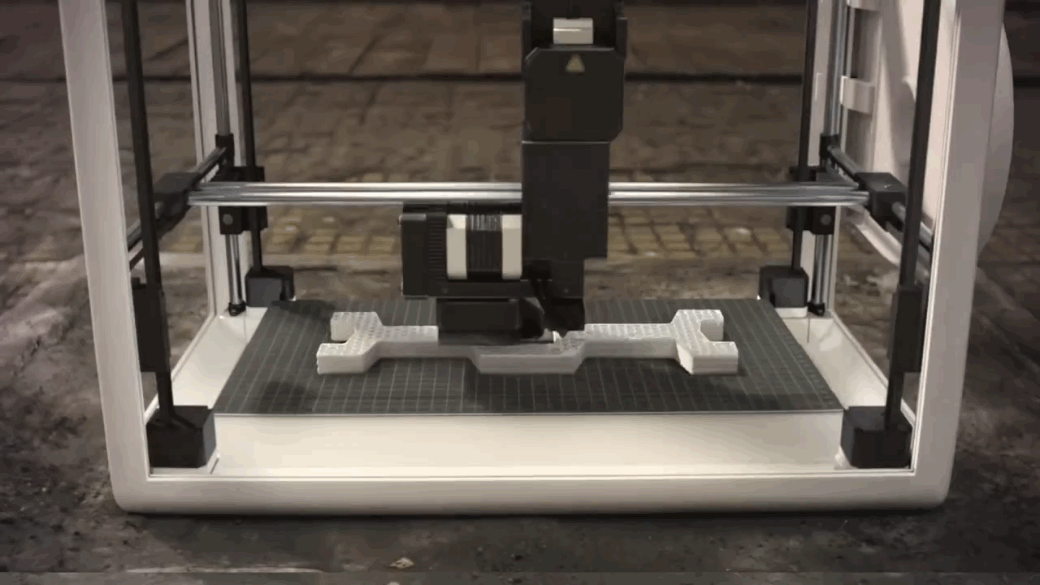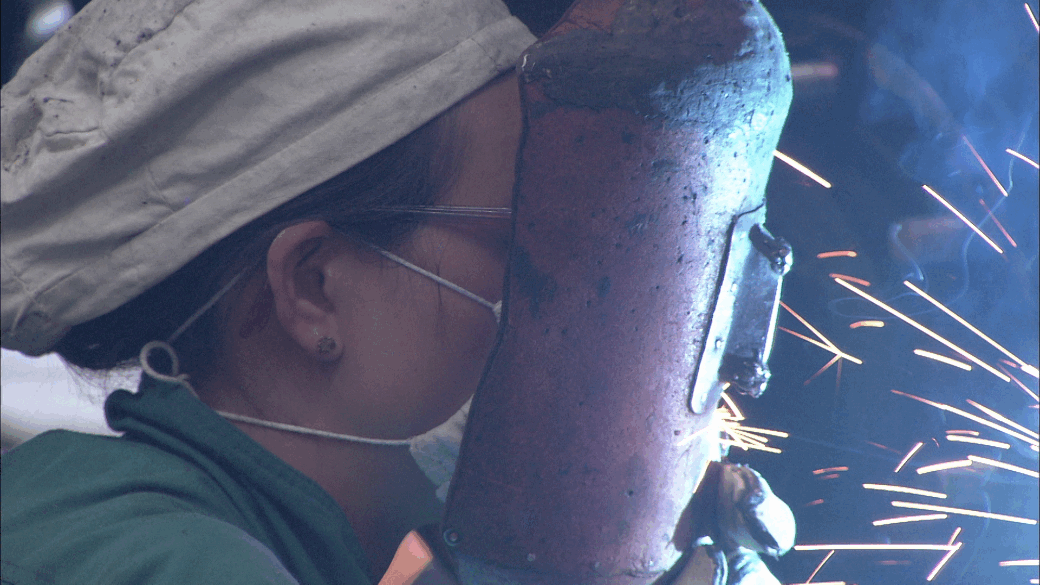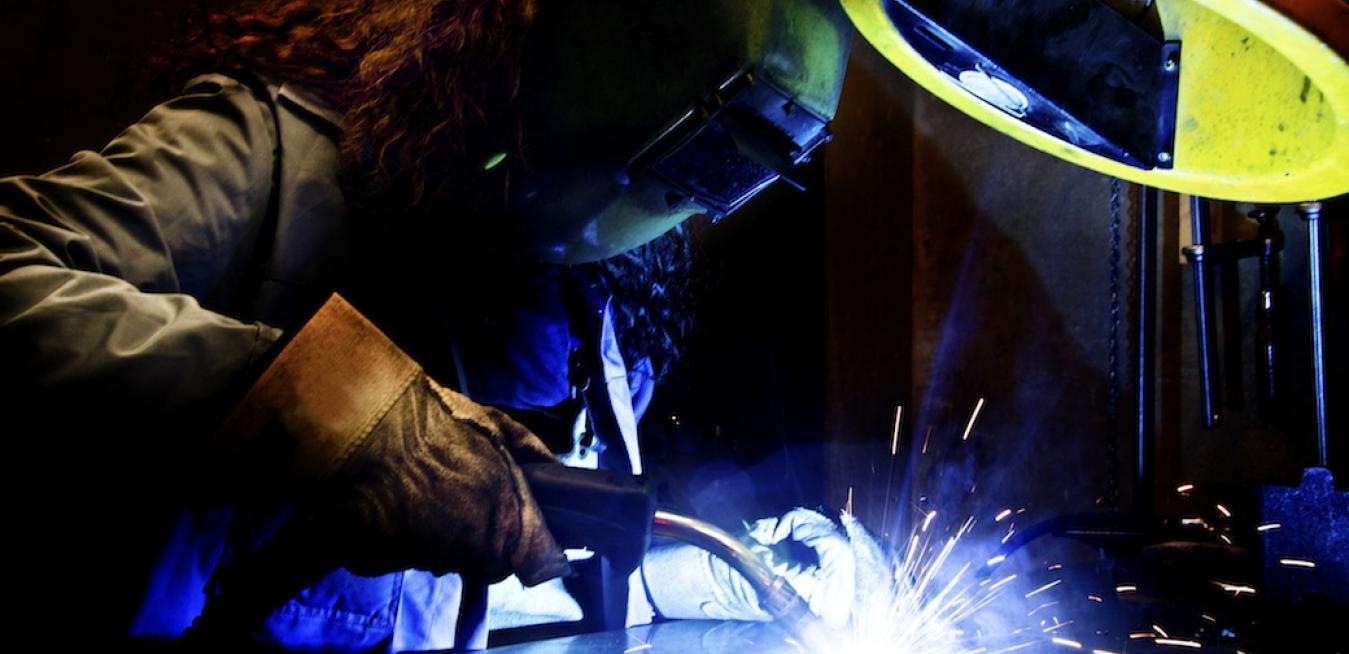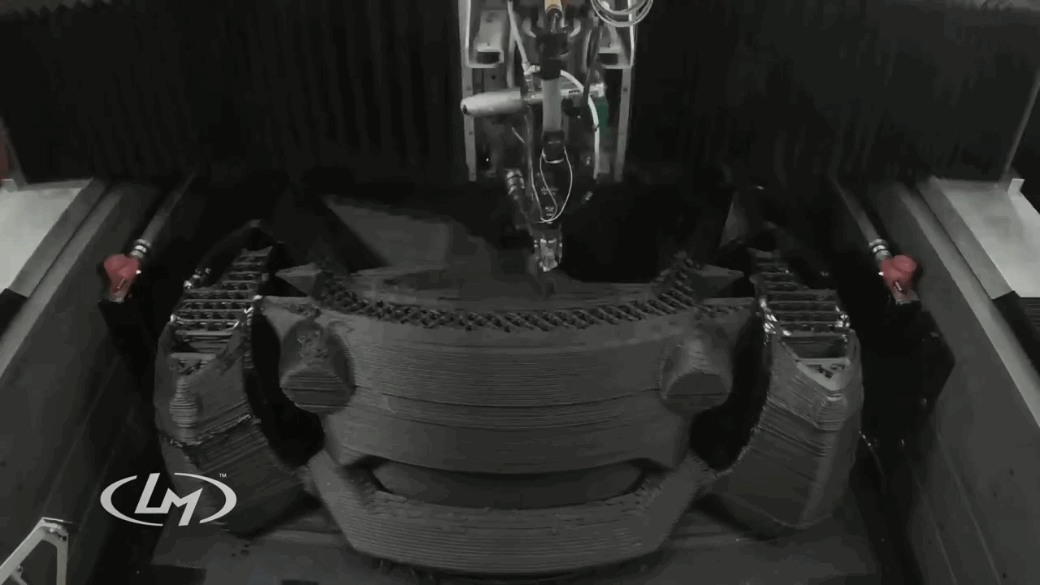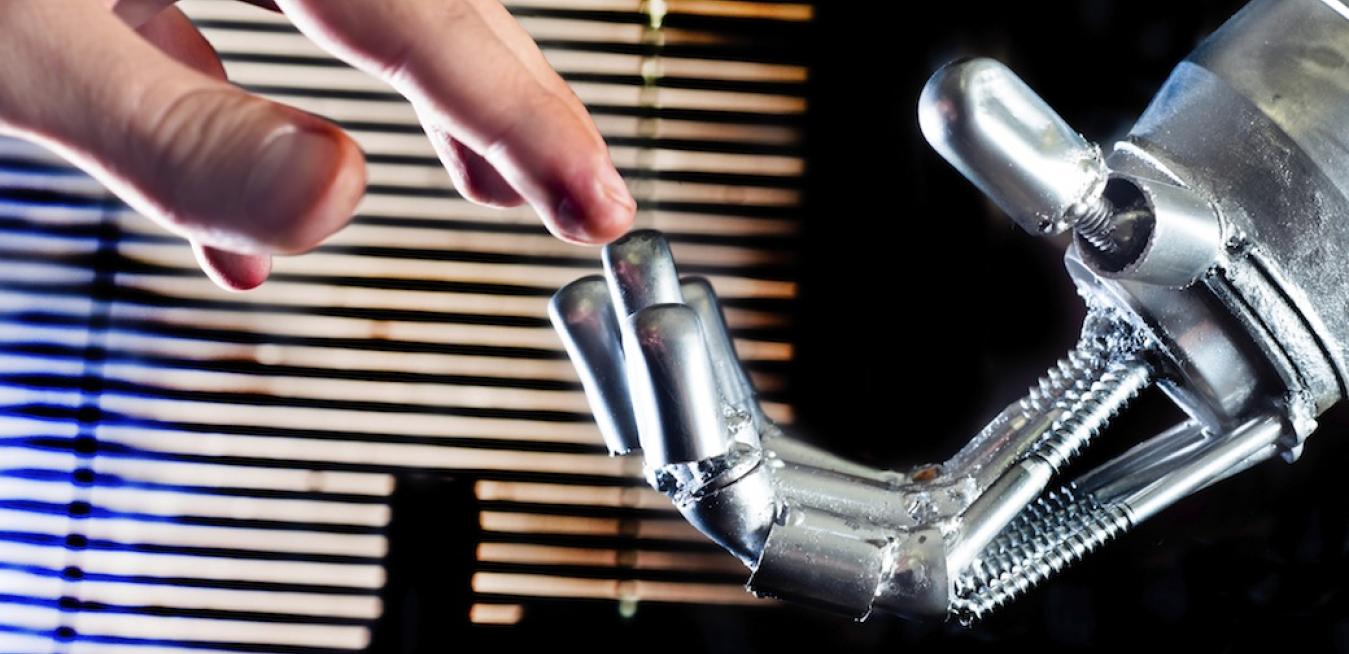Before 3D printing can revolutionize manufacturing, innovators like Sketchfab are developing parts of the ecosystem to make that happen.
3D printing holds the promise of democratizing manufacturing — disrupting how goods are made and brought to market. But even the technology’s most enthusiastic backers say the third industrial revolution will take years to fully arrive.
U.S. manufacturers will create more than 3 million job openings over the next decade — but 2 million of these jobs could go unfilled.
After decades of decline, U.S. manufacturing is on the rebound.
A national network of manufacturing innovation — leveraging the resources and know-how of the private and public sectors — is helping America seize and maintain a competitive advantage.
Good ideas — for new products, new processes or new services — are terrible things to waste.
Manufacturing is revitalizing our economy and making America strong. Investments in manufacturing multiply across the economy, creating jobs and growth in other sectors. Every dollar in final sales of manufactured products supports $1.32 in output from other sectors — the largest multiplier of any sector. Manufacturing employs more than 12 million people with innovative and rewarding jobs that include salaries and benefits well above the national average.
We need more women in leadership positions in manufacturing. MaryAnn Wright, the top engineer at Johnson Controls, draws lessons from her own experience.
I traded in my business suits for steel-toed shoes and safety glasses. The goal? As Ford’s first female plant engineering manager, I led the team responsible for launching almost $1 billion in vehicle updates to the company’s flagship Taurus and Sable product lines. Every component and system — from the powertrains, structures, closures, interiors and chassis — were to be modified.
Meredith Kovarik of Jabil, Chelsea Sargeant of Caterpillar and Faina Sandler of Sandvik Coromant Company discuss how women can address the challenges facing U.S. manufacturing.
From micro-manufacturing and co-creation to the first 3D-printed car, Jay Rogers is remaking the manufacturing process.
If the democratization of manufacturing is being fueled by forces such as the open-source movement and 3D printing, Jay Rogers may be sitting in the driver’s seat.
As the amount of digital information being produced expands exponentially, innovative Big Data analytical tools are finding new ways to put it to good use.
We are producing data at an ever-increasing rate. But what good is all this information if we don’t know how to analyze it and put it to productive use — to discover cures, predict maintenance failures or keep traffic flowing?
Machine-to-machine communication will lead to increasing automation of traditional tasks. What will this mean for the role of the worker?
Technologies such as robotics, artificial intelligence, and the Internet of Things (IoT) are already impacting our lives, but they are poised to dramatically change our lives in the future.
